Inequality for All is a 2013 documentary that examines widening income inequality in the United States.
Written by Haley Jo Lewis, project assistant, Seattle University’s Project on Family Homelessness and Communication student, Seattle University
A family of four smiles into the camera; they seem happy on the surface. As mom Erika prepares breakfast, the sisters spend time coloring at the table; it’s a comforting scene. Later, once the girls are dropped off at school and daycare, we see the quiet tears streaming down their mother’s face as she drives home to see what’s left of their food supply. She has $25 left in her checking account, but at least she has a full tank of gas, she says.
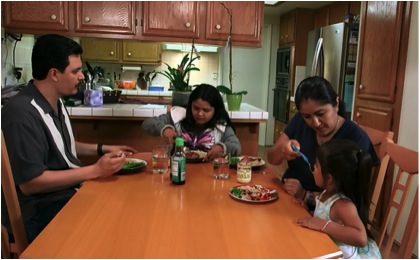
The quick look we get into the life of this family is one of the many moving elements throughout the documentary Inequality For All. I found myself in awe at how this woman, facing such economic and emotional hardship, could stay so positive. With the widening income inequality wreaking havoc on the middle class and their incomes, their once-comfortable lifestyle is now something of the past.
It’s time we stop ignoring the economic catastrophe lingering on our doorsteps.
Robert Reich, tour guide through inequality
If economic fairness isn’t on the forefront of your mind, it will be after you watch former U.S. Secretary of Labor Robert Reich narrate this film, which premiered in theaters in fall 2013 and is now on DVD.
Reich served under presidents Ford, Carter, and Clinton, and has seen the economy both flourish and fall. With his years of experience analyzing the state of the U.S. economy, he has compiled an analysis of the inequalities in America that will leave you speechless.
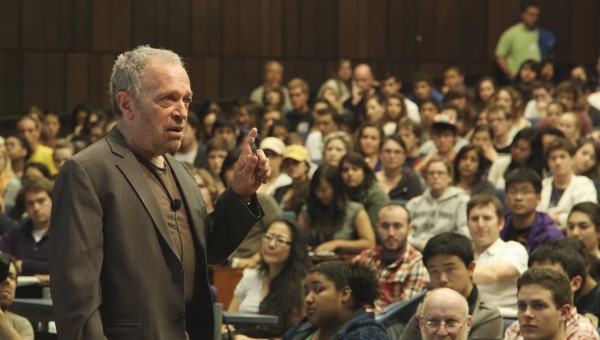
One of the most striking things about Inequality for All is how Reich is able to present so much data and policy in an entertaining way. The film uses some very creative and dynamic animation to visualize data, and is worth watching just for that alone.
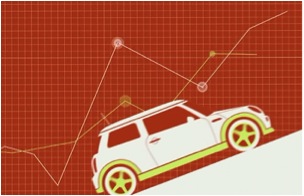
Inequality is inevitable to a certain extent. With our democracy and society today, it is common to think that people should “pull themselves up by their bootstraps” and fend for themselves. It is sobering to realize that people cannot thrive in the middle class today, and that upward mobility might as well be a fairy tale.
The United States ranks 64th out of all countries in the world when it comes to income inequality, putting us behind many third-world countries. While inequality is inevitable, too much of it can destroy the democracy that our government is founded on.
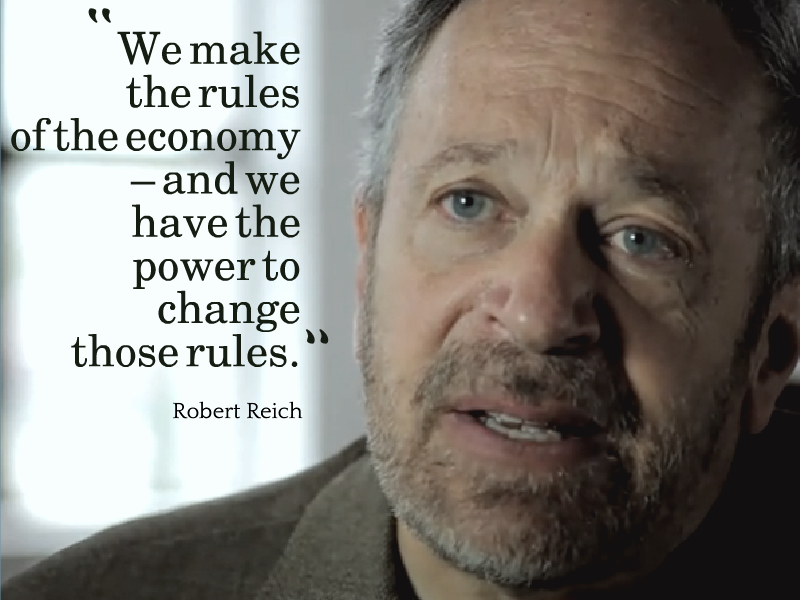
So what? Some sobering facts
- Income inequality has had a huge impact on our political process. Greater wealth in the pockets of top earners means that they have more to spend, and with political action committees now accepting gross amounts of dollars in the form of donations, it is now possible for our political system to be controlled with money.
- Income inequality in the United States has not always been this severe. In 1978, Reich says, the average male U.S. worker earned $48,000 (adjusted for inflation), while the average member of the “1 percent” (the top income earners) earned $390,000, eight times more than the average U.S. worker.
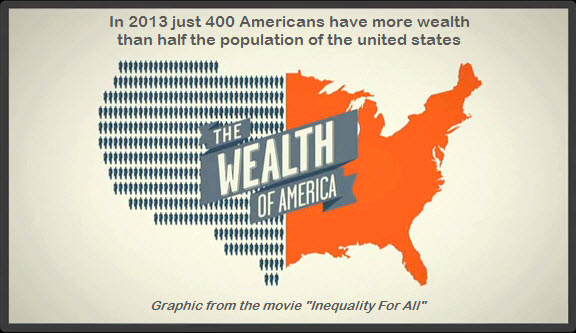
- By 2010 that middle-class worker’s wages declined to $33,000, while the 1 percent was making $1.1 million, or 33 times more than the average U.S. worker. The top earners are earning more than ever before, while the middle and lower class’ earnings are only dropping. The wealthiest 400 people in the country today have more money than the bottom 150 million Americans combined. Just let that sink in.
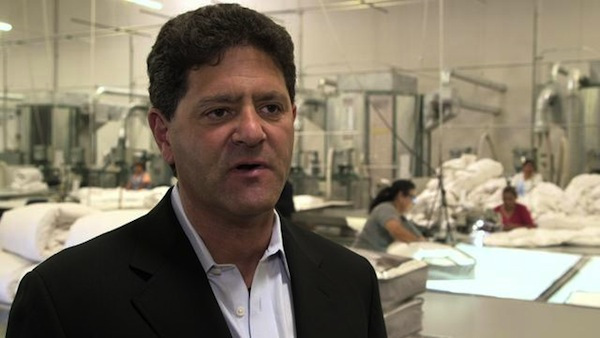
The most shocking fact I took away from this film was that one annual income from one person in the top 1 percent could buy housing for every homeless person in America. If you’re reading this, you most likely have an interest in helping people who are homeless. To think that just one year’s salary from a member of the 1 percent in America could house all homeless people for an entire year is heartbreaking.
I don’t know about you, but this fact will stay with me forever. This realization is beyond astonishing. If there is so much wealth in our country, why are people still living on the streets?
What now? There is hope
All of these statistics are humbling and enlightening, but what now? Take action! Inequality for All addresses just how bad inequality is for our society and our political system, and highlights the growing social unrest that is bubbling under the surface of our complacency. But it also gives us hope. You can make change happen.
- Visit Inequality for All‘s website for simple ways to get involved in shortening the income gap and reinstalling a fair democratic system.
- Watch Inequality For All. Available on DVD, soon to be found on Netflix!
- Host a screening in your community! Fill out the form here to get started.
- Follow the movement on Twitter and Facebook.
Have you seen the film? What did you think?